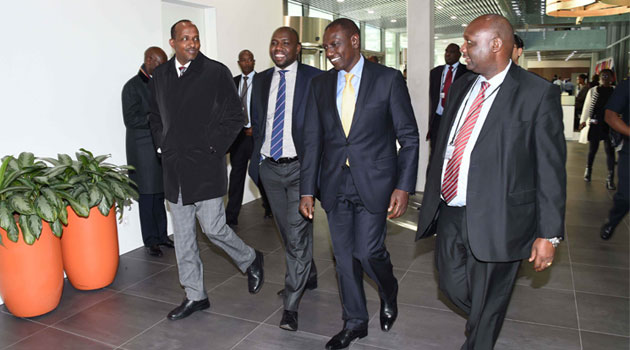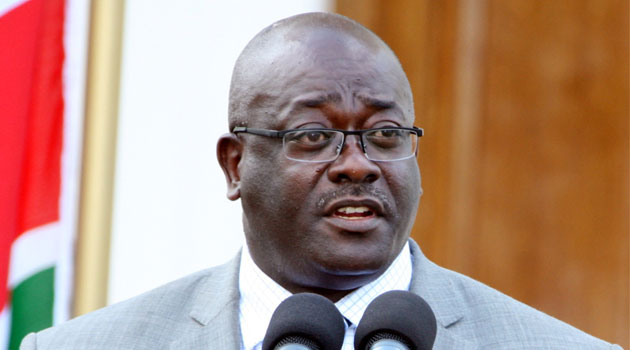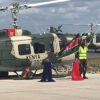
As the oral submissions on the motion of no-case-to-answer came to a close on Friday, Presiding Judge Chile Eboe-Osuji focused on the alleged existence of the network and alleged links to Ruto and Sang/DPPS
As the oral submissions on the motion of no-case-to-answer came to a close on Friday, Presiding Judge Chile Eboe-Osuji focused on the alleged existence of the network and alleged links to Ruto and Sang.
“You identify some persons as members of the network, others not as such and others associated with the network. On what basis do we ascertain who is and who is not? Similarly to events, what are the criteria that guide the ascription of some events as events of the network and others not?” Osuji asked.
Was there a network and how were Ruto and Sang linked to it?
Senior Trial Attorney Anton Steynberg while responding to submissions made by the defence explained that the theory of existence of the network was based on behaviour and associations of members who furthered a common purpose to plan and execute attacks.
Osuji further wanted to know if without the alleged network, the crimes committed in the Rift Valley would have amounted to a crime against humanity which is the required threshold of the ICC.
According to Steynberg, the organised and systematic nature of the crimes in the Rift Valley was a demonstration that there was a plan put in place by members of the group to attack targeted civilian populations.
The defence teams of Ruto and Sang in their oral and written submissions have told the court that there was no existence of such a network and argued that without the network, the two did not commit the crimes they are accused of.
READ: DP Ruto: Bensouda evidence ‘a total sham’
The prosecution alleged that Ruto as the head of the network gave orders to members to execute attacks on Party of National Unity members and Kikuyus in the Rift Valley during the country’s deadliest poll violence.
“All the prosecution needs to show is that perpetrators of the crime acted in almost automatic compliance with wishes of the network and ultimately with the accused. We submit we have shown adequate if not ample evidence showing that orders and the wishes of Mr Ruto and the network were transferred to Kalenjin elders and other senior network members who in turn instructed youth elders to commit crimes which were in the end committed,” the court heard.
Steynberg further told the court that Ruto commanded authority in the Rift Valley after he was bestowed as the leader of Kalenjins.
The court heard that Ruto was so powerful that for any politician to succeed in the region, he/she had to seek his endorsement first.
On credibility and reliability of prosecution witnesses, Steynberg told the court that witnesses had been interfered with hence its request to be allowed to apply rule 68 which admits prior recorded statements recanting witnesses.
But Osuji asked the prosecution to establish if they had proved that the accused persons were linked to the interference.
Osuji further asked the prosecution to cite instances under international law where uncorroborated hearsay evidence and uncorroborated recanted evidence had been used to convict accused persons.
Steynberg replied that whereas it had never happened, the Kenyan case was unique based on the extent to which witnesses had been interfered with.
“The fact that it’s not been admitted before, certainly I don’t believe any of those cases have seen the nature and scale of interference of the number of witnesses we have in this case,” Steynberg said in response.
The oral submissions of the motion of no case-to-answer came to a close on Friday with expectations that Trial Chamber V (a) will issue a decision to determine the continuity or withdrawal of the ICC case against Ruto and Sang.










































